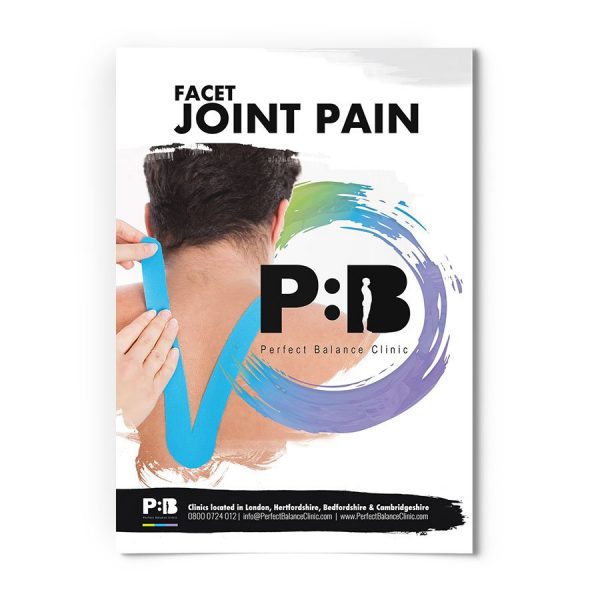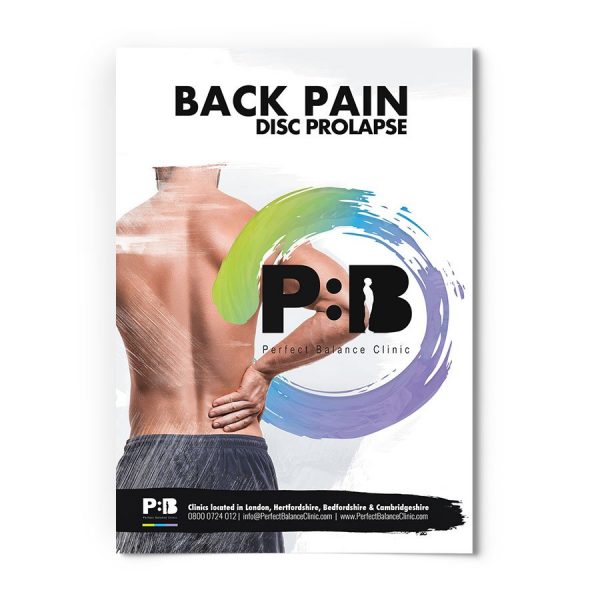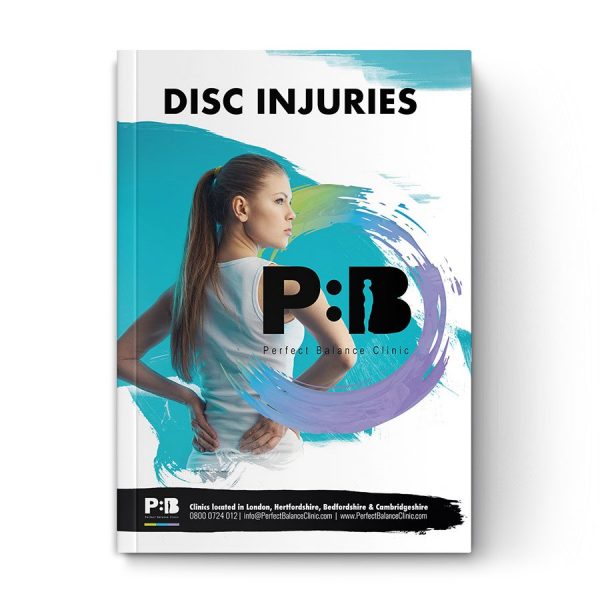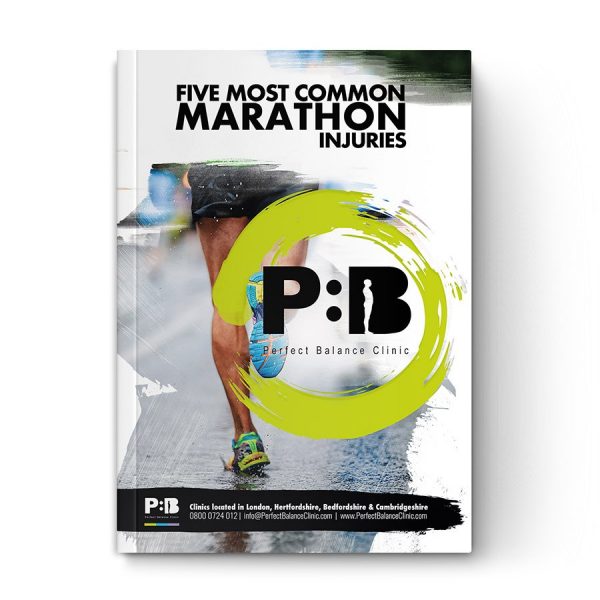Spondylolisthesis is caused when one vertebra slips out of its normal position, usually forward over the vertebra below it. It usually occurs in the lumbar spine and is characterised by its severity level, which ranges from Grade 1 when 25% of the vertebra has slipped up to Grade 4 when all of the vertebrae has slipped and Grade 5 where the vertebra has fallen off completely, a condition is known as spondyloptosis.
Symptoms
Not everybody with spondylolisthesis experiences any symptoms. In adults between 30 and 50 years, spondylolisthesis commonly causes leg and lower back pain. Older people with degenerative spondylolisthesis experience pain in the same areas but the condition can also limit movement. Other symptoms include:
- Pain, tingling and numbness in the legs (sciatica) caused by the slipped vertebra compressing a nerve
- Tightness in the hamstring muscles
- Tenderness of the lower back
- Kyphosis (curvature of the spine)
Although they are separate entities, spondylolisthesis and scoliosis are also associated (Sedney & France, 2015). From 14 to 43% of patients with spondylolisthesis also have scoliosis, however, only 6% of patients with scoliosis also have spondylolisthesis, which is about the same as in the general population. In some cases, spondylolisthesis can cause scoliosis.
Causes
It can have a range of causes in both children and adults:
- Congenital or dysplastic spondylolisthesis can be present at birth (a birth defect) or can develop during childhood. Often this condition goes unnoticed until later in life when it starts showing symptoms. It can also occur in children as the result of an injury.
- Isthmic spondylolisthesis in adults can occur as the result of a degenerative process often associated with carrying heavy items and sports. It can also be caused by repeated forces and injuries that impact on the spine or the result of a sudden injury.
- It can also occur as a result of ageing. Discs can lose their water content and so lose their ability to cushion shocks and the facets become damaged and lose their ability to control the movement of the spine.
- Although lumbar spondylolisthesis is the most common variant, cervical spondylolisthesis can also occur, sometimes as the result of a neck injury and sometimes as a result of degenerative conditions such as arthritis.
Sources of pain
It isn’t always a painful condition. When it is mild often it is left untreated, and often when the condition is associated with pain the pain is really being caused by another condition. However severe cases can result in serious pain along with debilitation.
Identifying the source of pain isn’t always easy. With cervical or lumbar spondylolisthesis, the pain may come from single or multiple sources, and identifying the right pain source can have a major influence on the success of the treatment. Some sources of pain are common with other back problems, though some are specific to spondylolisthesis (Carragee & Stauff, 2015).
Treatment
As already mentioned, not all cases require treatment. It is only when slippage reaches around 75% that severe pain results, but when it does urgent treatment becomes necessary. A wide range of treatments is available. These include pain killers, steroidal injections, exercise, and physical therapies, and surgery:
- Over-the-counter painkillers such as non-steroidal anti-inflammatory drugs (NSAIDs) can be effective. In particular ibuprofen, diclofenac, and naproxen. Paracetamol is useful if you can’t tolerate NSAIDS.
- Injections of steroids around the compressed nerve can bring relief against acute pain
- Short periods of bed rest can be beneficial while the symptoms continue. All contact sports should be avoided and it’s important to avoid over-stretching your spine
- Exercises designed to strengthen the muscles in the back along with special stretching exercises can help.
- Pilates exercises can prove beneficial to patients with traumatic spondylolisthesis particularly in improving muscle resistance, strength, flexibility, postural balance, and reducing pain (Campos de Oliveira, Guedes, Jassi, Martini, & Gon alves de Oliveira, 2015).
- Physiotherapy can be highly effective. Not only can it help build strength in the muscles that support your spine it can also help you prevent further injury by teaching you how to take care of your back:
- Passive physiotherapy includes deep tissue massage which can treat spasms and help realign your spine. Heat treatment can help improve the blood supply to encourage natural healing. Ultrasound may be used to help with pain and encourage healing.
- Active physiotherapy involves a range of exercises designed personally for you to keep your back pain at bay and reduce the chance of further injury. It can also help you improve your posture and otherwise take better care of your body.
Surgery may be recommended if the symptoms are severe and persistent suggesting a compressed nerve in the spine. Usually, the slipped vertebra is fused to its neighbours and possibly removal of a disc. It generally involves a week in hospital followed by an extended recovery period. Generally, surgery should only be considered for serious cases such as Grade 4 and possibly Grade 3 spondylolisthesis.
Finally
It is important to remember that not all cases cause pain and require treatment. Often conditions other than spondylolisthesis are the reasons people feel pain, even though they may have mild to moderate spondylolisthesis. Obtaining the right diagnosis is vital for ensuring the best treatment regime and outcome.
For more information about Spondylolisthesis
This article was written by our team of specialist therapists at Perfect Balance Clinic. If you would like more specific advice about how our team can help you with this condition or symptoms you may be having, please complete the contact form below and one of the team will get back to you shortly.
Here are some of our E-Books to help you
References
National Center for Health Statistics. (2012). Health, United States, 2012: With Special Feature on Emergency Care. Retrieved from NCHS: http://www.cdc.gov/nchs
Telci, E.A., & Karaduman, A. (2012, January 19). Effects of three different conservative treatments on pain, disability, quality of life, and mood in patients with cervical spondylosis. Rheumatology International, 32(4), 1033-1040










